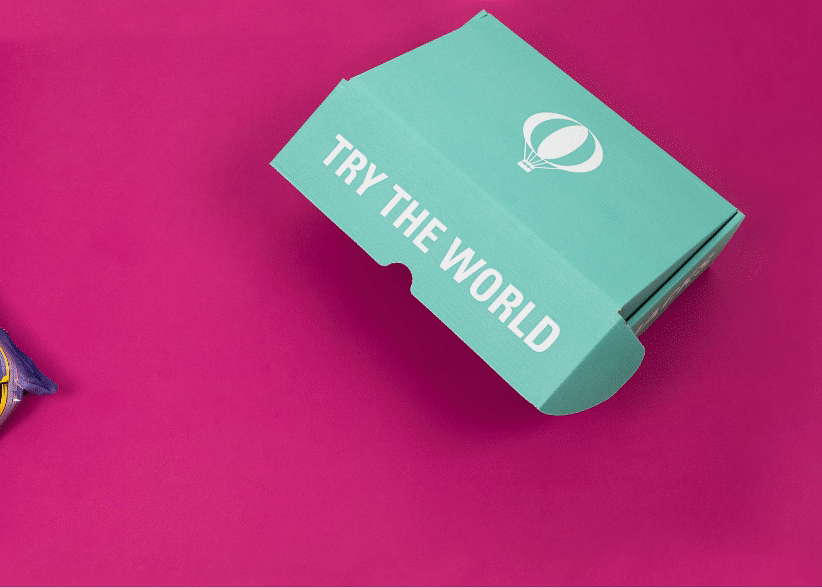Jamie Bissonnette isn’t a typical chef—and that’s why people love him. In high school, he was a hardcore, fist-slinging punk musician from Hartford, Connecticut who couldn’t find much in the way of good food unless he made it himself. Today, he’s a star tapas chef and an expert in nose-to-tail cuisine. In an exclusive interview with Try The World, Bissonnette talks about his mother’s terrible cooking, growing out of veganism, and how to make something palatable—even delicious—out of kidneys and tails.
Today you’re known for your expertise in charcuterie and nose-to-tail cuisine. How were you ever vegan?
As a kid, I was really drawn to music and a sub cult of punk rock called hardcore and straightedge. Being straightedge I lived really clean: we didn’t drink, didn’t smoke, didn’t do any drugs, and a lot of people started becoming vegetarian and vegan. As we started eating at Krishna temples when traveling, we found it increasingly difficult to find vegan food. I wasn’t vegan for any animal rights reasons; it was more like a healthy body, healthy mind, healthy spirit, positive mental attitude kind of thing. And that’s what got me into cooking. I couldn’t find anything to eat when we were in the middle of nowhere, so I would try to mimic the foods we got at the Krishna temple.
This diet must have had huge impact on the meals you ate at home. How did your family respond to your veganism?
At that time I had a mohawk and a shaved head—I was definitely a different kind of kid. My parents were kind of supportive, but my mother was super adversarial about my diet. But to be honest, she was a pretty horrible cook, so I got to cooking at home a lot as well. When I went into culinary school, I sort of went back and forth flopping between veganism and vegetarianism until later on.
Were you learning to cook meat in culinary school when you were still vegan?
Yeah. When I went to culinary school, I was learning how to cook everything, and I didn’t discriminate. I just tasted and spit out the things I wouldn’t personally consume.
So how did you eventually come to adopt meat into your diet once again?
Throughout culinary school, I was fascinated by the garde manger class about traditional charcuterie from Spain and France. Then when I graduated culinary school and traveled to work at restaurants, I saw that there were not a lot of those things around. There was a lot of traditional charcuterie in shops, and I wanted to speak with them about that craft. I just felt like there was nobody else doing that, so I just started buying books and became an omnivore again. I was fascinated by it and I wanted to make it. That was it.
So what is it exactly that you love so much about charcuterie?
I love that you can take something that does not inherently look, smell, or taste good and make it delicious. I think it can be a lot simpler to teach someone how to take a beautiful tomato that tastes delicious and season it to have it taste better, but its hard to take a kidney or a head or an ear or a tail that people are already kind of smirking at, and transforming that into something that’s delicious. That’s really the sign of a true chef.
What do you think first attracted you to charcuterie?
I realized early on that if you don’t know where the animals are coming from, you really can’t make good quality food. You can’t make a beautiful tomato salad with a crummy tomato. No matter what you do, you can’t make great ham or great sausage with inferior pork. I wanted different cuts. I wanted to work with feet. And it’s hard to find those things, so I started sourcing whole animals and learning how to use them. So when people say, “you’re a master of nose-to-tail cooking,” I’m just saying, “no, I’m freaking frugal!” When we have a two hundred-pound animal and have to make a profit off of all of it, its simple: we have to be creative.
At Toro you serve primarily Spanish-style tapas. What makes Spanish food so special?
I think food in Spain is so special because of the care and the love that goes into it. Food is not consumed just for substance. Food is life. And the ingredients are so important.
Do you find a big difference, then, between Spanish food in the US and Spanish food in Spain?
The whole reason my partner and I wanted to open up Toro and do Spanish food in Boston and now New York was because when we were in Spain, we found Spanish food that you don’t see as commonly in the states. And even when you do, it’s just not that great. In every city there’s crappy and great restaurants on every corner. Same with Spain. But we definitely noticed that there wasn’t a lot of really great Spanish food where we were in Boston, and we wanted to take the things that we saw in Spanish food and put our twist on it—and give it our stamp of approval.
So when you aren’t in your restaurant kitchens, do you cook at home?
Yeah. I love cooking at home. I think I cook breakfast more than any other meal at home. I would say my go to breakfast dish is always going to be some sort of runny egg yolk or fried egg and pan con tomate. And after that anything else goes.
Bissonnette is a James Beard award winner and chef-owner of Coppa, an Italian wine bar in Boston, and the acclaimed tapas restaurant Toro in Boston and New York.






